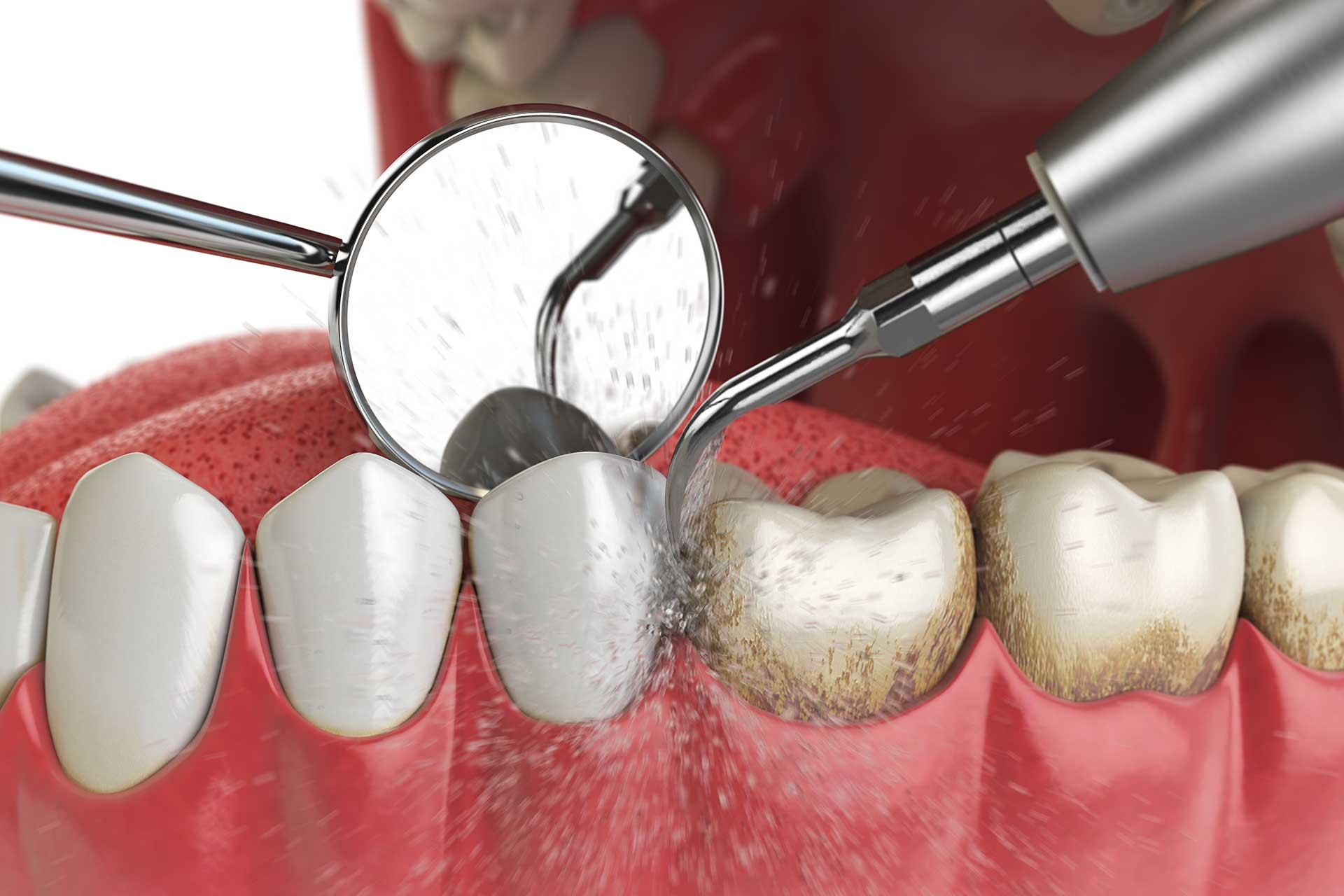
Contouring has become a beauty staple, transforming faces with just a few brush strokes. But what exactly is it? Contouring is a makeup technique that uses shadows and highlights to define and enhance facial features. This method can make cheekbones pop, noses appear slimmer, and jawlines sharper. Originating from stage makeup, it has now taken the beauty world by storm, thanks to celebrities and makeup artists. Whether you're a beginner or a pro, understanding the basics and history of contouring can elevate your makeup game. Ready to learn some surprising facts about this transformative technique? Let's dive in!
What is Contouring?
Contouring is a makeup technique used to define and enhance the structure of the face. By using different shades of makeup, you can create the illusion of higher cheekbones, a slimmer nose, or a more defined jawline. Here are some fascinating facts about contouring:
-
Contouring has been around since the 1500s. Actors in Elizabethan England used soot and chalk to define their faces on stage.
-
The technique became popular in the 1920s with the advent of film. Silent movie stars used contouring to make their expressions more visible on camera.
-
Modern contouring was revolutionized by makeup artist Kevyn Aucoin in the 1990s. He used it to sculpt the faces of celebrities like Cher and Madonna.
-
Kim Kardashian is often credited with bringing contouring into the mainstream. Her makeup artist, Mario Dedivanovic, popularized the technique through social media.
-
Contouring isn't just for the face. It can also be used to define the collarbones, cleavage, and even the abs.
Tools and Products for Contouring
To achieve the perfect contour, you need the right tools and products. Here are some essential items:
-
Contour kits usually include both a contour shade and a highlight shade. These kits make it easy to find complementary colors.
-
Cream contour products are great for beginners. They blend easily and can be applied with fingers or a brush.
-
Powder contour products offer a more matte finish. They are ideal for oily skin types.
-
A good contour brush is essential. Look for one with an angled shape to fit the contours of your face.
-
Beauty blenders are perfect for blending out harsh lines. They help create a seamless finish.
Techniques and Tips for Contouring
Mastering the art of contouring takes practice. Here are some tips to help you get started:
-
Always start with a clean, moisturized face. This ensures that the makeup goes on smoothly.
-
Apply foundation before contouring. This creates a uniform base for the contour and highlight shades.
-
Use a light hand when applying contour products. It's easier to build up color than to take it away.
-
Blend, blend, blend! Harsh lines can make contouring look unnatural.
-
Highlight the high points of your face. This includes the tops of your cheekbones, the bridge of your nose, and the center of your forehead.
Common Contouring Mistakes
Even seasoned makeup enthusiasts can make mistakes. Here are some common pitfalls to avoid:
-
Using the wrong shade can make your contour look muddy. Choose a shade that is only one or two shades darker than your skin tone.
-
Applying too much product can look cakey. Start with a small amount and build up as needed.
-
Not blending enough can leave harsh lines. Use a beauty blender or a brush to soften the edges.
-
Ignoring your face shape can lead to unflattering results. Tailor your contouring technique to your unique features.
-
Forgetting to set your makeup can cause it to fade. Use a setting spray or powder to lock everything in place.
Benefits of Contouring
Contouring isn't just about changing your appearance. It can also boost your confidence and enhance your natural beauty:
-
Contouring can make your face look more symmetrical. This is especially helpful for those with asymmetrical features.
-
It can create the illusion of a slimmer face. This is achieved by shading the jawline and temples.
-
Highlighting can make your skin look more radiant. It draws attention to the high points of your face.
-
Contouring can enhance your natural bone structure. This makes your features look more defined.
-
It allows for creative expression. You can experiment with different techniques and products to find what works best for you.
Final Brush Strokes
Contouring isn't just for makeup artists. Anyone can master it with practice. Highlighting and shading can transform your look, enhancing your natural features. Remember, blending is key. Use the right tools, like brushes and sponges, for a seamless finish. Don't be afraid to experiment with different products and techniques. Creams, powders, and sticks each offer unique benefits. Start with a light hand and build up as needed. Pay attention to your face shape to know where to apply products. Practice makes perfect, so keep at it. With time, you'll find what works best for you. Contouring can boost your confidence and make you feel fabulous. So grab your makeup kit and start experimenting. You might just surprise yourself with what you can achieve. Happy contouring!
Was this page helpful?
Our commitment to delivering trustworthy and engaging content is at the heart of what we do. Each fact on our site is contributed by real users like you, bringing a wealth of diverse insights and information. To ensure the highest standards of accuracy and reliability, our dedicated editors meticulously review each submission. This process guarantees that the facts we share are not only fascinating but also credible. Trust in our commitment to quality and authenticity as you explore and learn with us.
